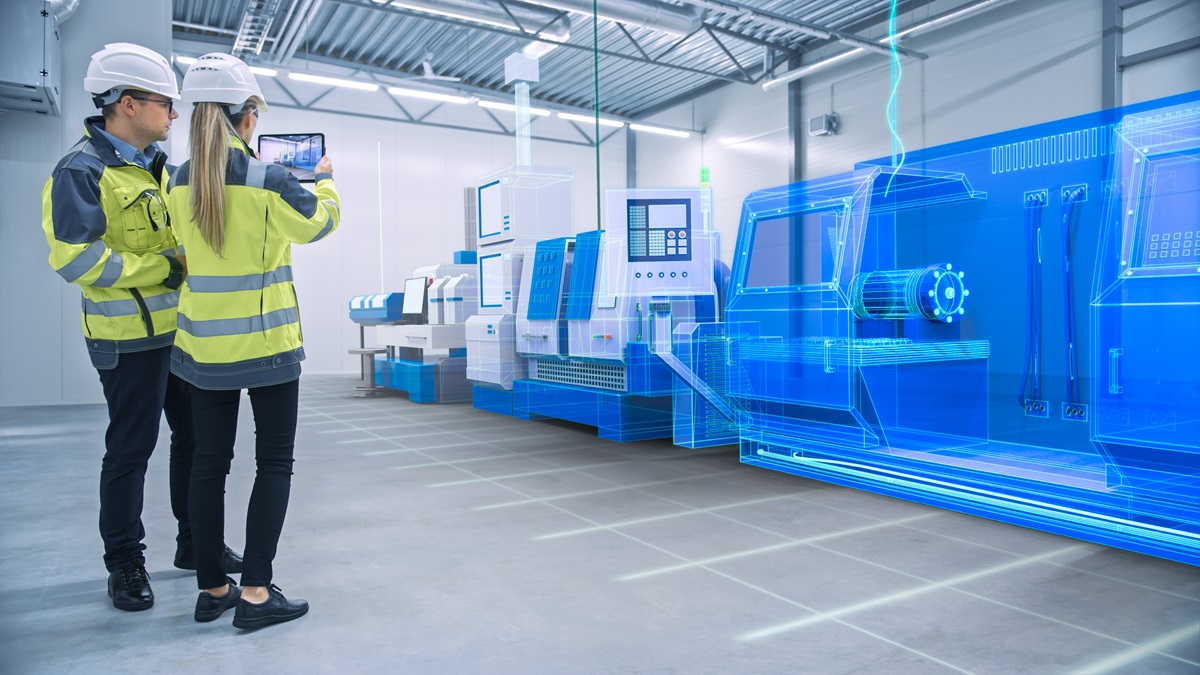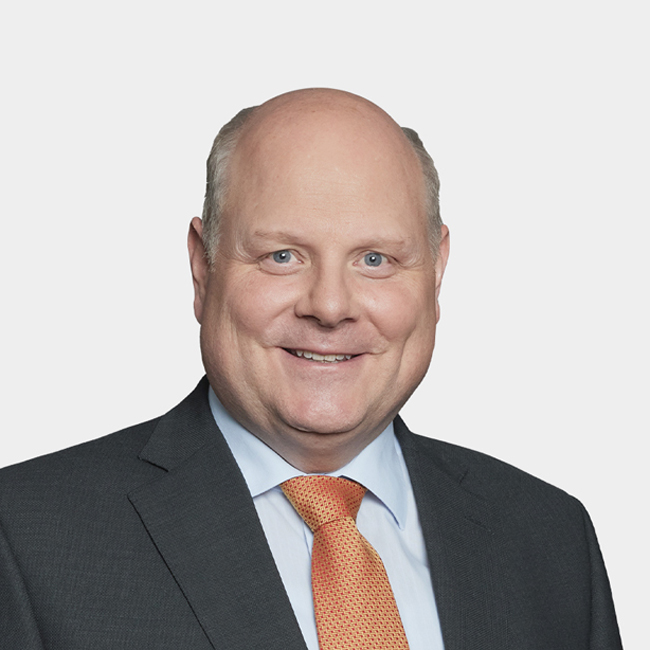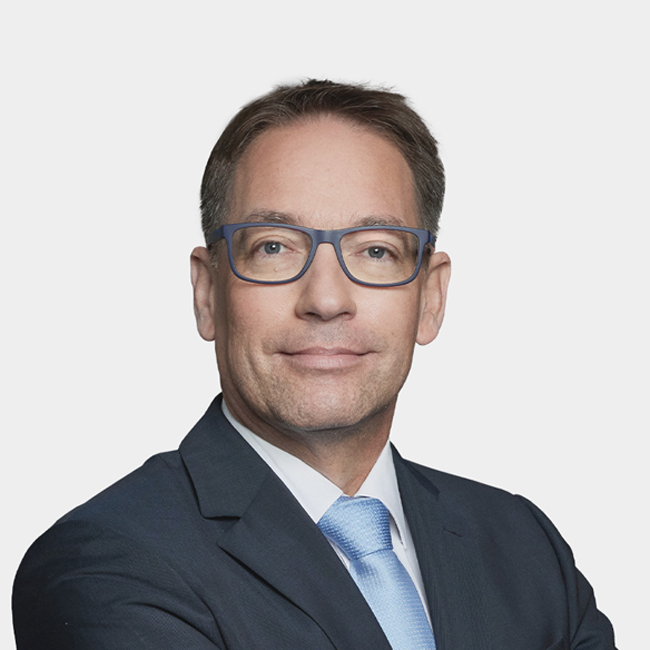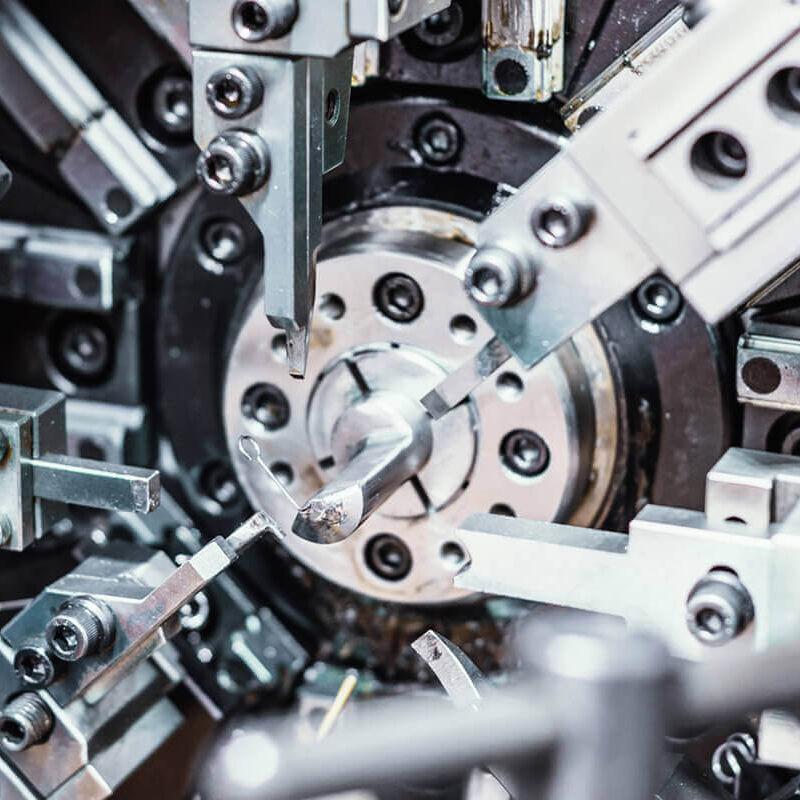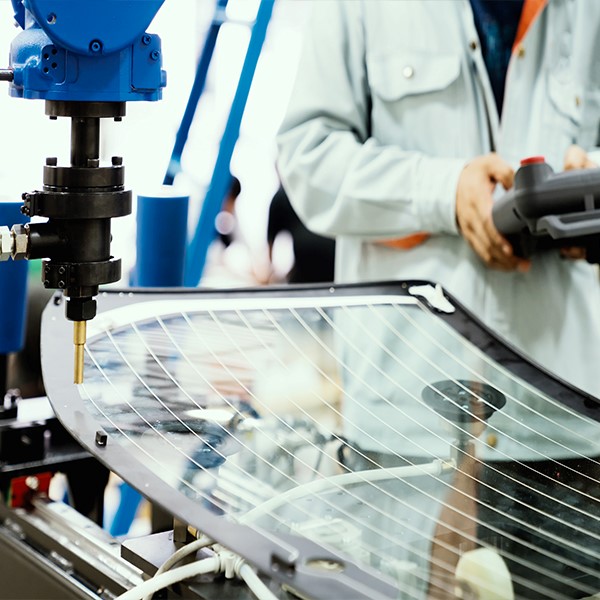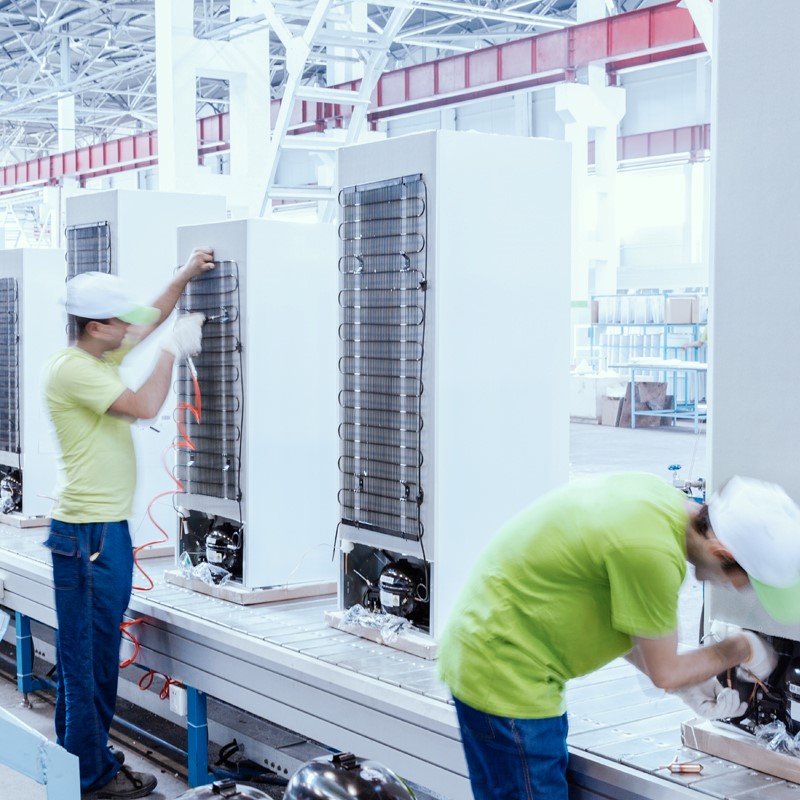Energy-efficient technologies should be considered when upgrading existing machinery and equipment. Appropriate motors, HVAC systems (heating, ventilation and air conditioning), lighting or air pressure systems can provide a significant ROI in terms of energy costs and consumption.
In this context, progressive companies identify inefficient processes and areas in energy audits. This enables them to make more targeted and profitable investment decisions for the improvements.



